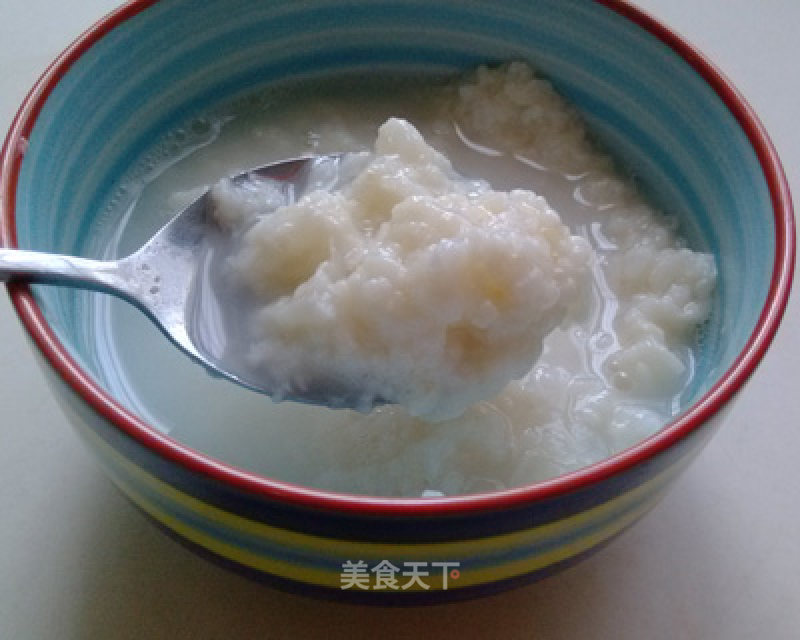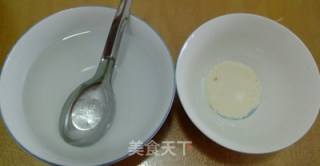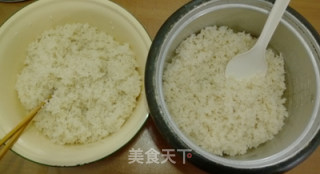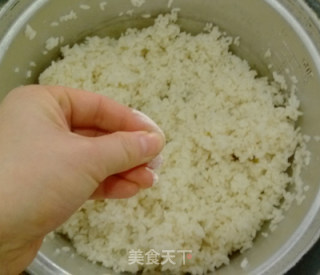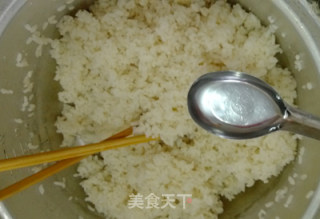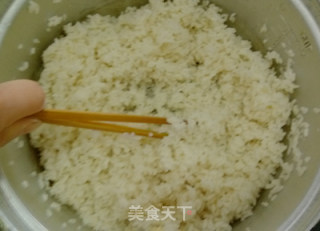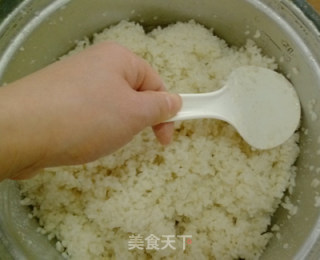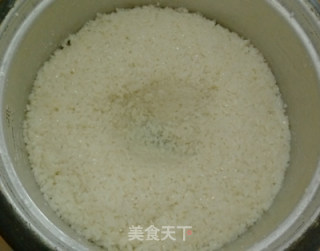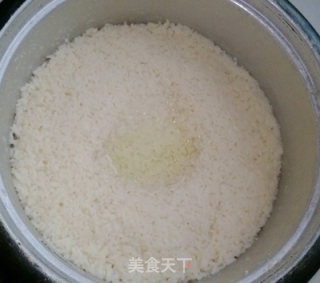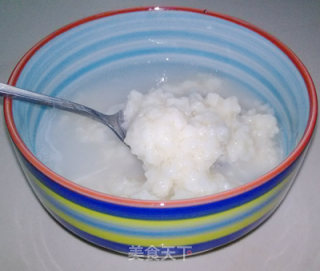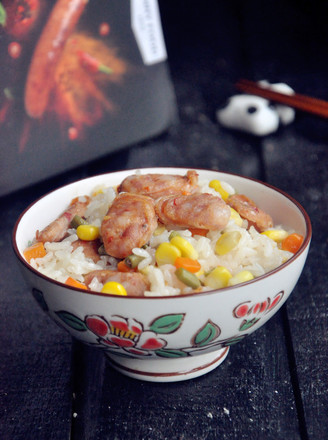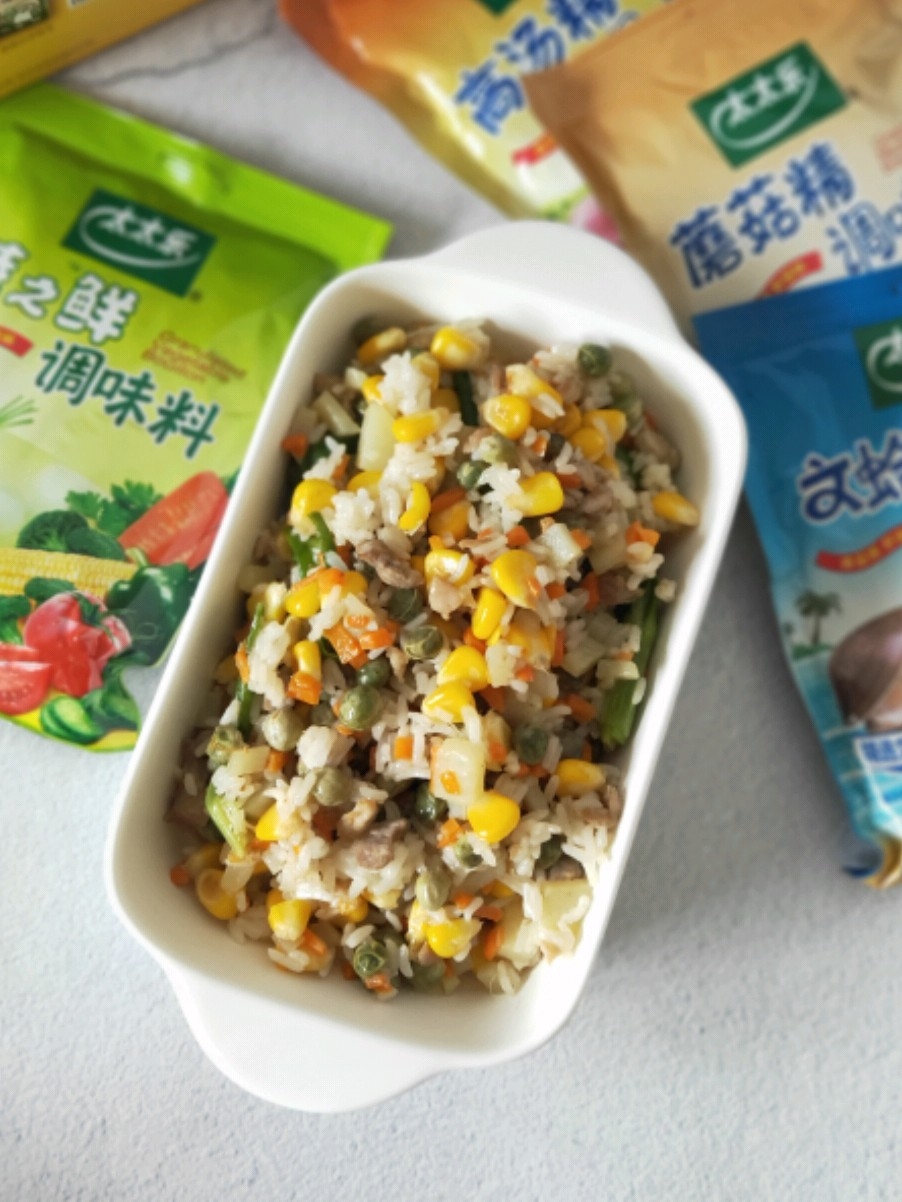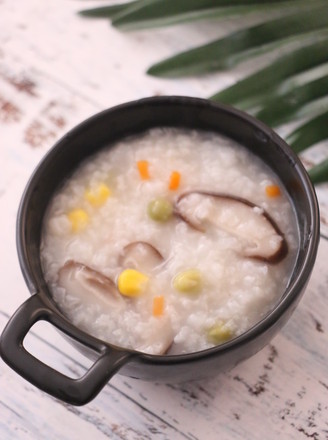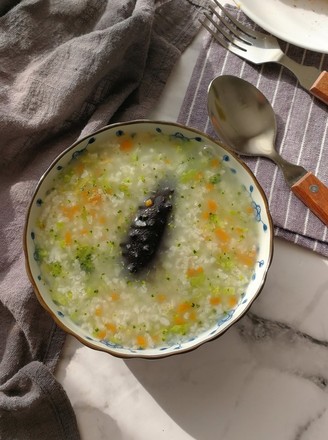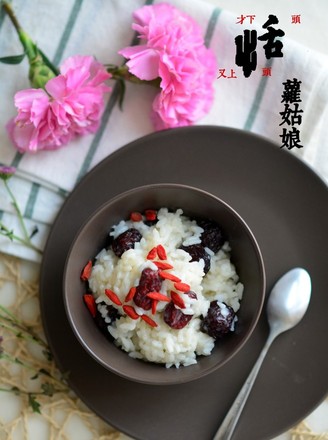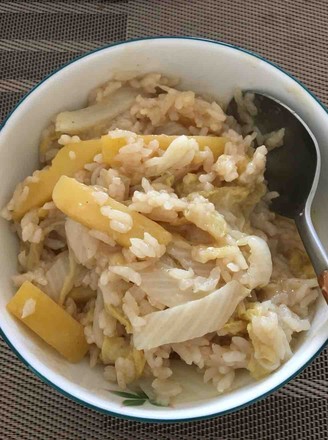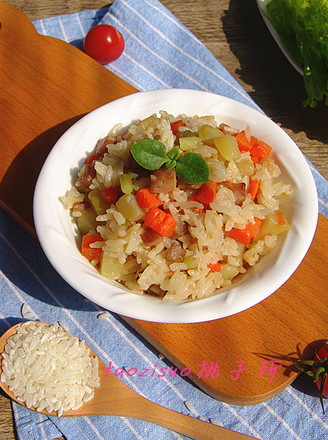Homemade Rice Wine Rice Dessert Wine
1.
Prepare water and koji
2.
After the rice is cooked in a rice cooker, put it out and put it in a large pot (the rice crust must not be required, and the pot should be washed after being filled out. The rice should not be too soft or too hard). When it is hot, it will not ferment when it is cold)
3.
Then divide it into two pots (if it’s 1 catty of rice, you don’t need to divide pots, so it’s easy to separate and mix evenly)
4.
Pinch a little koji with your fingers and sprinkle it on the rice, mix it with chopsticks or a spoon, and mix a little (this step is more tiring, so be patient)
5.
When sprinkling 3-4 times, use a small spoon to scoop some water and sprinkle the rice (so that it is easy to mix)
6.
When the rice in the two pots are almost mixed, go to a covered pot (I used the rice cooker liner when cooking rice), and then sprinkle the last koji, mixing evenly to make sure that the rice is in place and the koji is also Just run out
7.
After the rice is mixed, use a large spoon to paste some water to scrape off the rice on the side, and smooth it (you must lightly press
8.
Make a nest in the middle. Sprinkle some water on the surface, (a small bowl of water was used in the whole process)
9.
Cover the lid, wrap the quilt, and ferment in the warmest place (the best place next to the heater). After 48 hours, you can see if it is good. When it is done, there will be a lot of rice wine in the middle. It tastes sweet. You can take it out and put it in the refrigerator to eat slowly. If there is no water or there is too little water, you can pack it for another day, no more than 3 days.
10.
Spoon a small bowl with a little boiled water and mix it for a while, you can eat directly!
Tips:
Good rice wine seems to have a white layer on the surface, that is, the reason for fermentation is normal. My father and I like the veggie stuttering of rice wine made in my house.
The rice crust must not be required, and the rice should not be too soft or too hard.) Put it in a warm heat (the temperature of the rice is very important, it will be hot when it is hot, and it will not ferment when it is cold). The koji must be mixed evenly

